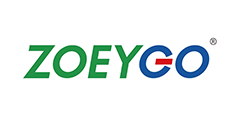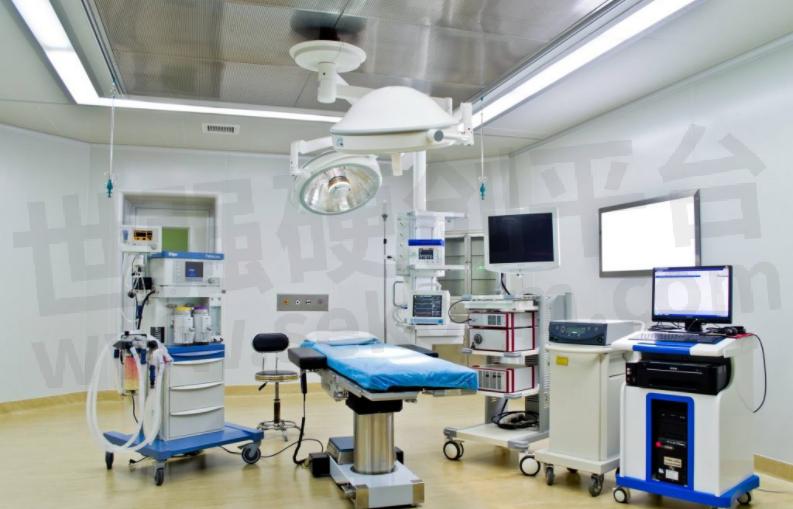The Advantages, Challenges and Potential Improvements of Bidirectional DC-DC Converters

Bidirectional DC-DC Converters have gained significant attention in recent years due to their ability to efficiently transfer power bidirectionally between two different DC voltage sources. These converters are crucial in various applications, including renewable energy systems, electric vehicles, and energy storage systems. This article aims to explore the efficiency and performance of bidirectional DC-DC converters, shedding light on their advantages, challenges, and potential improvements.

Working Principle of Bidirectional DC-DC Converters:
Bidirectional DC-DC converters, also known as buck-boost converters, use power semiconductors to convert DC voltage from a source to a desired voltage level. These converters can work in both step-up (boost) and step-down (buck) modes, allowing power to flow in either direction. By employing appropriate control algorithms, bidirectional converters enable efficient power transfer between multiple sources.
Advantages of Bidirectional DC-DC Converters:
1. Energy Efficiency: Bidirectional converters ensure efficient power transfer, minimizing energy losses during conversion. This feature is particularly crucial in renewable energy systems, where energy conservation is paramount.
2. Improved Stability: Bidirectional converters offer improved stability compared to unidirectional converters by allowing the transfer of power between different DC voltage sources.
3. Enhanced Power Flow Control: With bidirectional converters, power can be regulated and distributed appropriately, facilitating optimal power flow management in complex systems.
Challenges and Limitations:
1. Voltage and Current Stresses: Bidirectional converters may experience increased voltage and current stresses during operation, which can result in reduced efficiency and reliability.
2. Control Complexity: Effective control algorithms are essential for bidirectional converter operation. However, designing and implementing these algorithms can be challenging due to their complexity.
3. Electromagnetic Interference (EMI): Bidirectional converters can introduce high-frequency noise and EMI, which can impact the performance of other electronic components in the system.
Recent Developments and Improvements:
1. Soft-Switching Techniques: Implementing soft-switching techniques in bidirectional converters can reduce voltage and current stresses, improving overall efficiency and reliability.
2. Advanced Control Strategies: Advanced control strategies, such as predictive control and model-based algorithms, can enhance bidirectional converter performance and stability.
3. Integrated Power Modules: Integration of power semiconductor devices with other passive components can minimize parasitic elements, reducing EMI and improving overall system efficiency.
Conclusion:
Bidirectional DC-DC converters play a crucial role in various applications, providing efficient power transfer between multiple DC voltage sources. Despite the challenges and limitations, recent developments in soft-switching techniques, advanced control strategies, and integrated power modules have significantly improved the efficiency and performance of bidirectional converters. Further research and development efforts are needed to optimize these converters for various emerging applications, ensuring a sustainable and efficient power transfer in the future.
- +1 Like
- Add to Favorites
Recommend
- Bidirectional DC-DC Converter: A Two-Way Power Conversion Solution
- Bidirectional DC-DC Converter: A Comprehensive Guide
- Bidirectional DC-DC Converter: A Guide for Power Conversion in Both Directions
- Bidirectional DC-DC Converter: A Versatile Power Conversion Solution
- Design and Analysis of a Bidirectional DC-DC Converter for Energy Storage Systems
- Design and Analysis of a Bidirectional DC-DC Converter for Power Electronics Applications
- Bidirectional DC-DC Converter: An Efficient Solution for Power Conversion
- Bidirectional DC-DC Converter: Efficient Power Conversion in Both Directions
This document is provided by Sekorm Platform for VIP exclusive service. The copyright is owned by Sekorm. Without authorization, any medias, websites or individual are not allowed to reprint. When authorizing the reprint, the link of www.sekorm.com must be indicated.






























































































































































































































































































































































































































































































































































































































































































































































































































































































